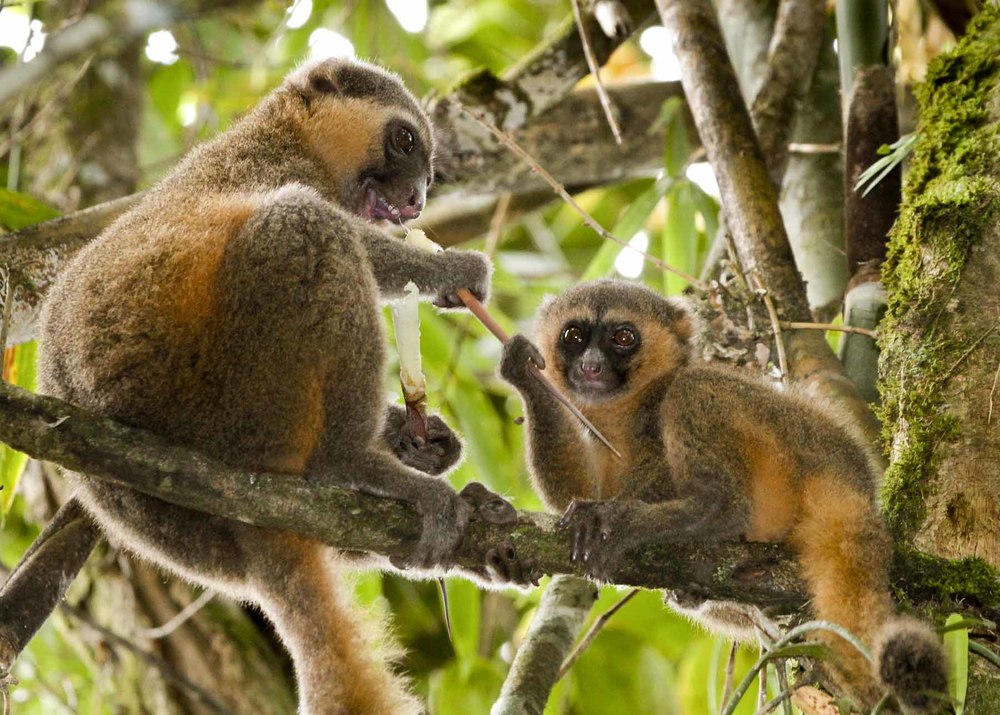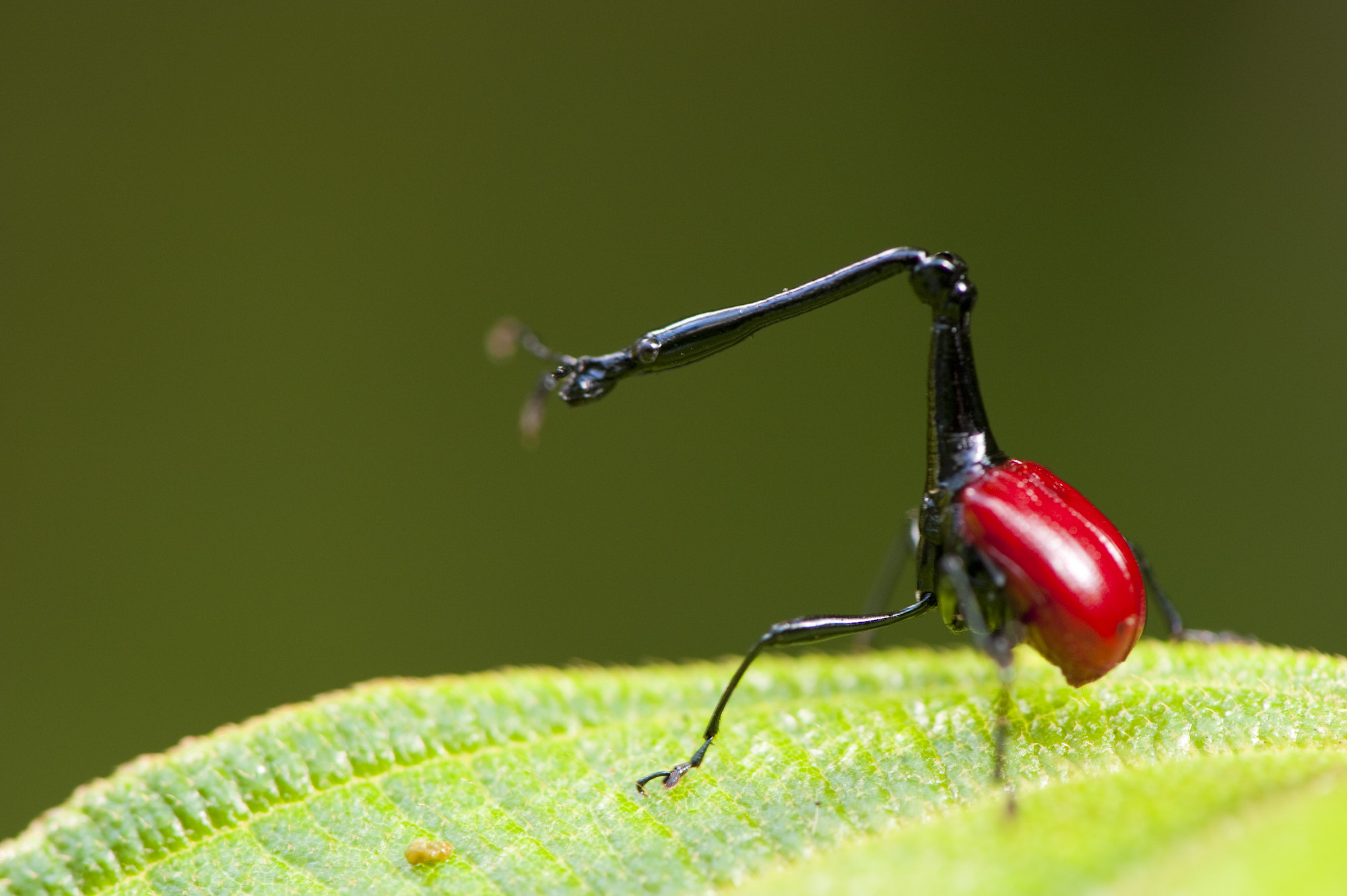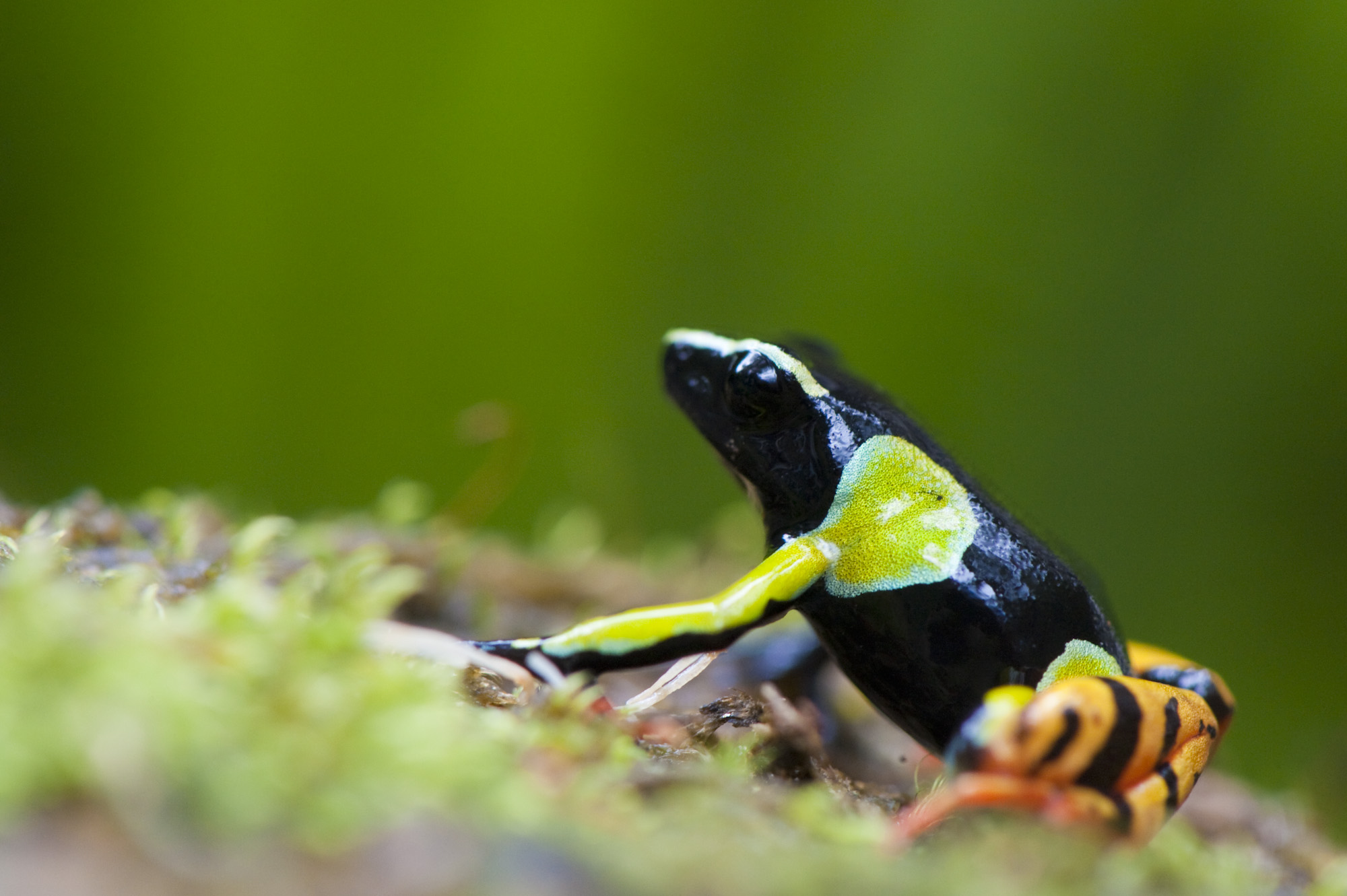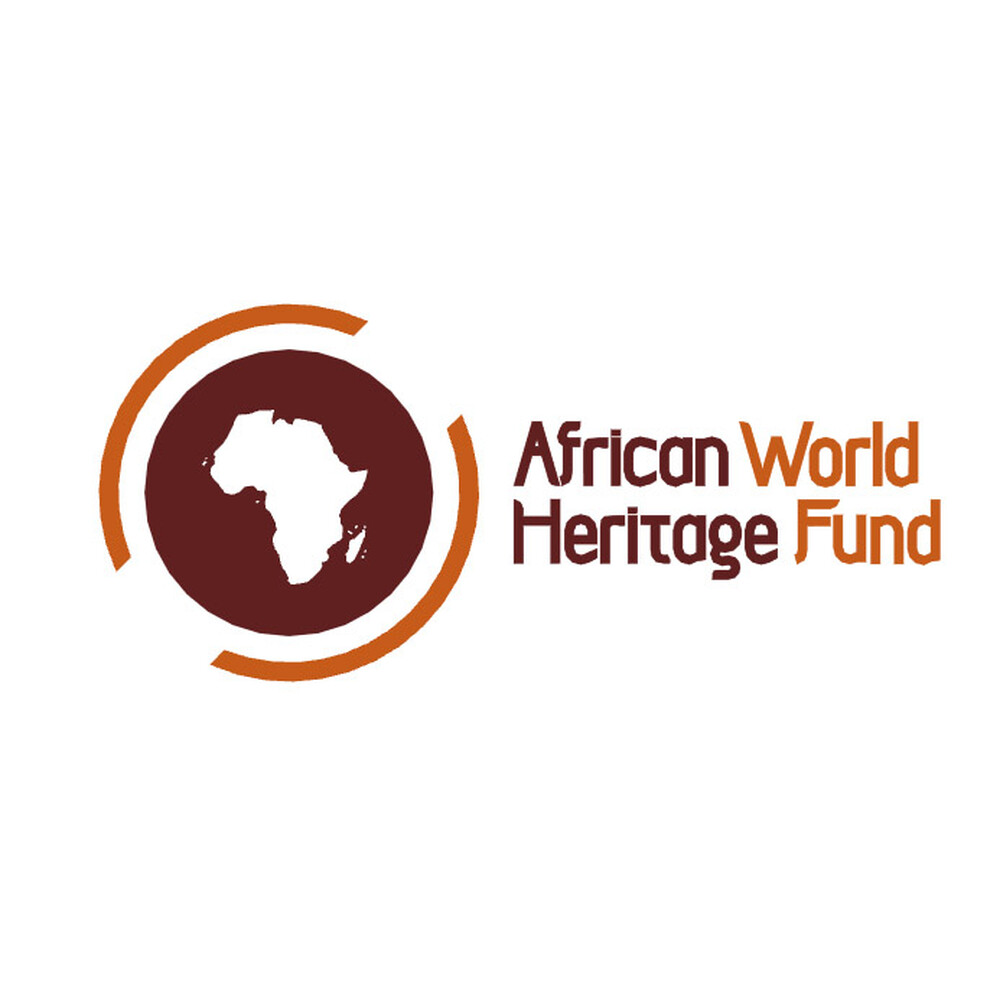
Ranomafana
On the plan
Area 43.550 Ha
VISIT US
Depending on your means of transport :
- Ground Transportation
- Take the RN7 to the Alakamisy-Ambohimaha junction, join the RNS45 to Vohiparara and continue on the RN25 pm¡until you reach the park entrance, a distance of 427 km and a journey time of 12 hours,
- 67 km from Fianarantsoa
- Means of transport : Rent a car, or take a taxi-brousse like Soatrans, which costs 65,000 ar/person (from Tanà to Ranomafana).
- Maritime transport
None
- Air transport
None
Ideal period
Ideal period: from April to November, and visit in the morning (but it's still accessible all year round).
Available activities
- Hiking
- Camping
- Wildlife watching
- Guided tours
Reception infrastructures
- 01 reception post at Ambodiamontana
- 02 rest areas: Belle vue (at Talatakely) and in the middle of the Vatoharanana circuit
- 02 camping areas: Vatoharanana and Ambodiamontana
- 02 viewpoints: Riana vue and Belle vue
- 02 checkpoints: 01 at Ambodiamontana, 150 m from the welcome station, and 01 at Sahamalaotra, at the entrance to the circuit.
Fees and charges
Download the reference document to find out more about park fees and charges.
Advisory equipment
You'll need to bring:
- plenty of drinking water,
- as well as a hat,
- sun cream,
- mosquito repellent,
- leech repellent and a raincoat.
Rule of conduct
- Always accompanied by a guide
- A communal tax of 5,000 ar/person must be paid by foreign visitors before entering the park's circuits.







